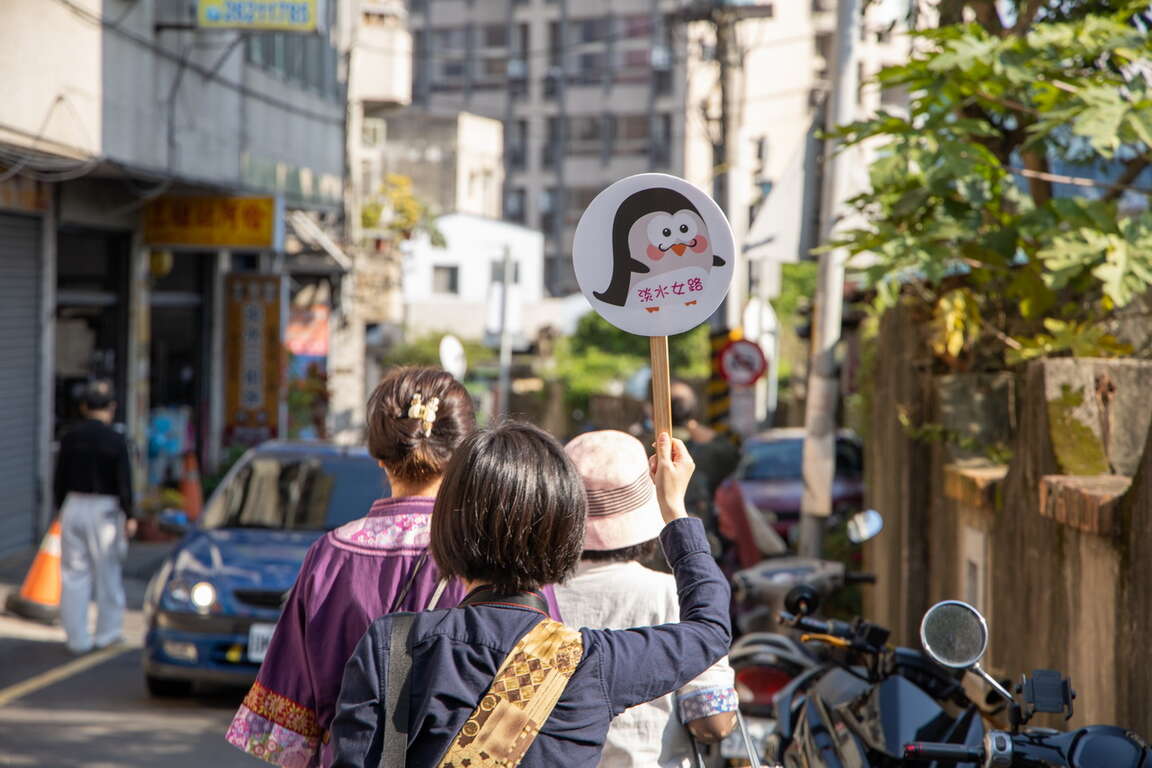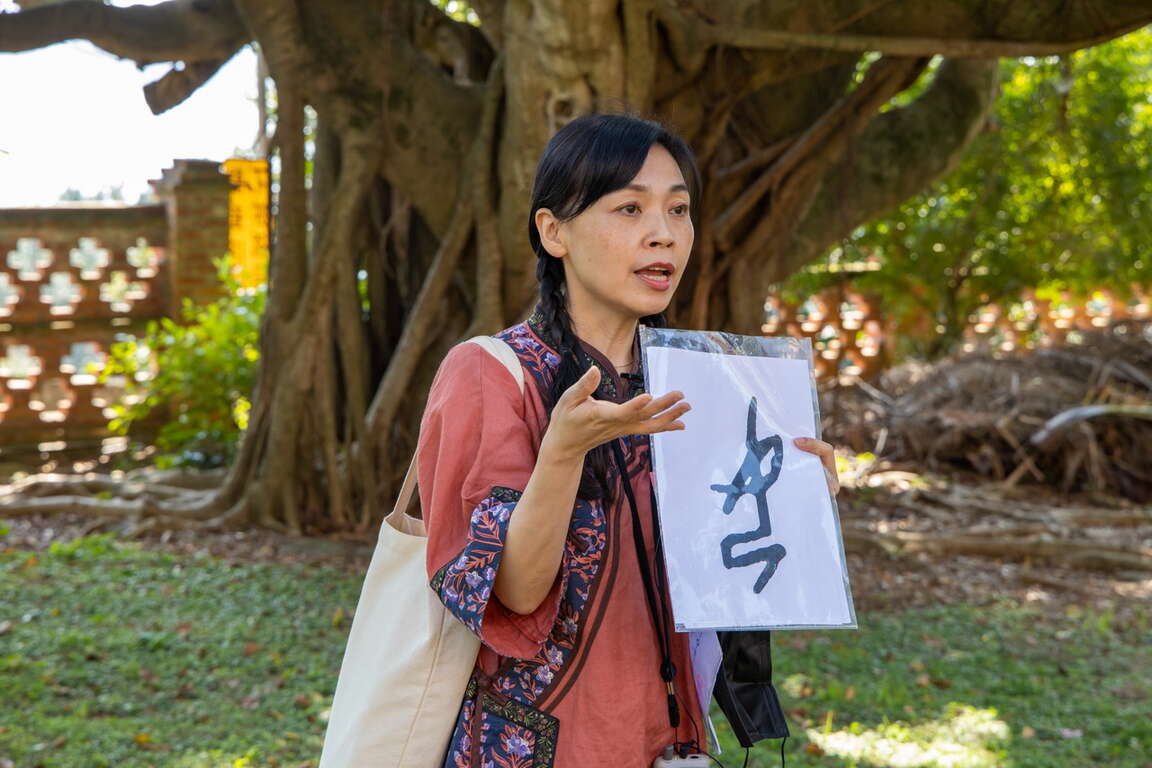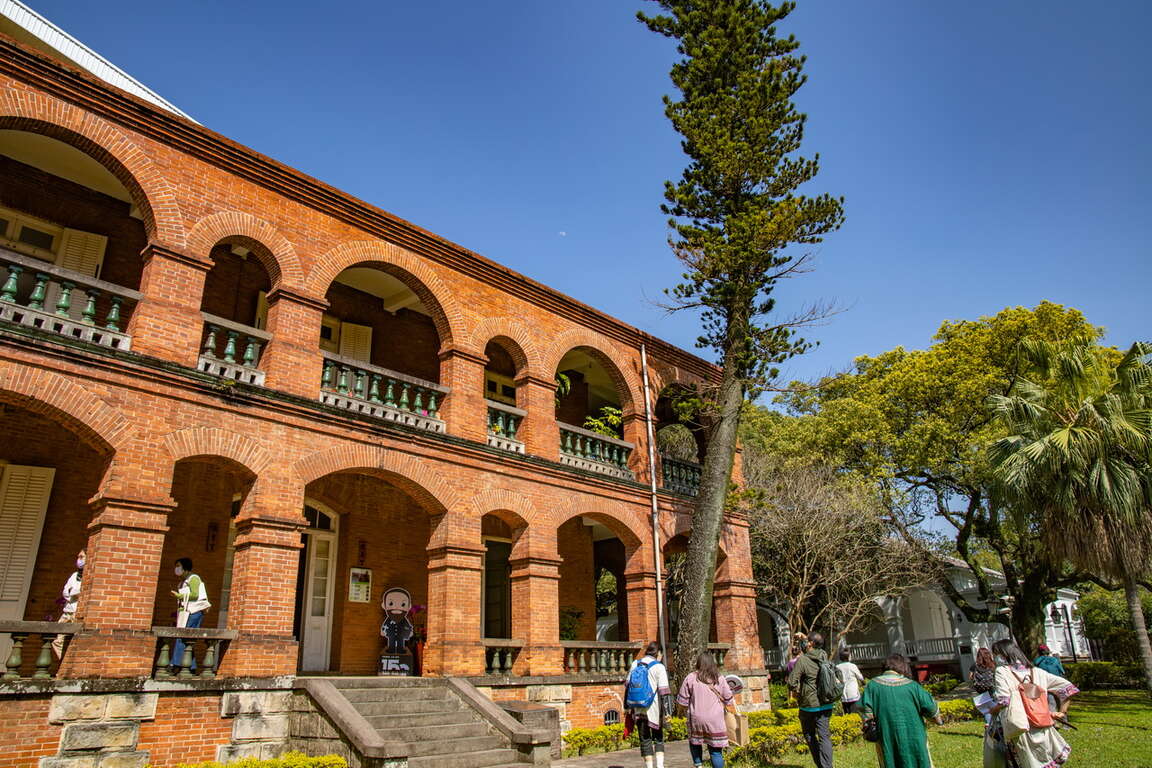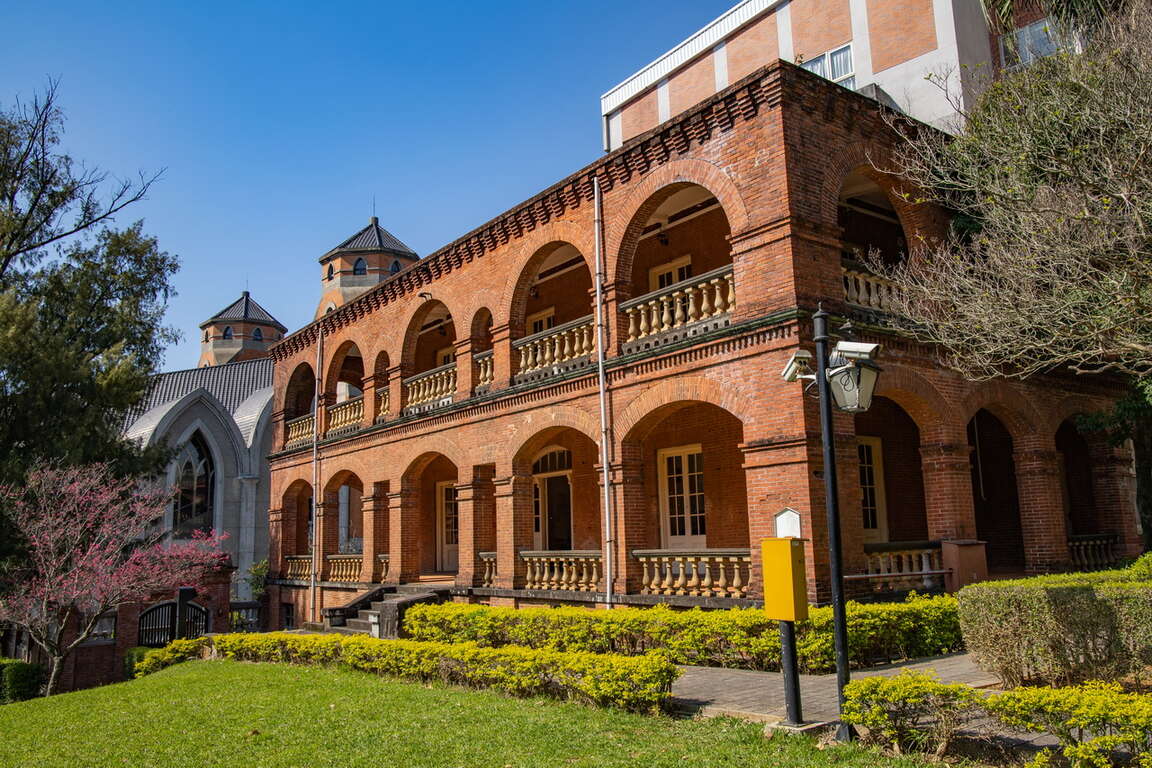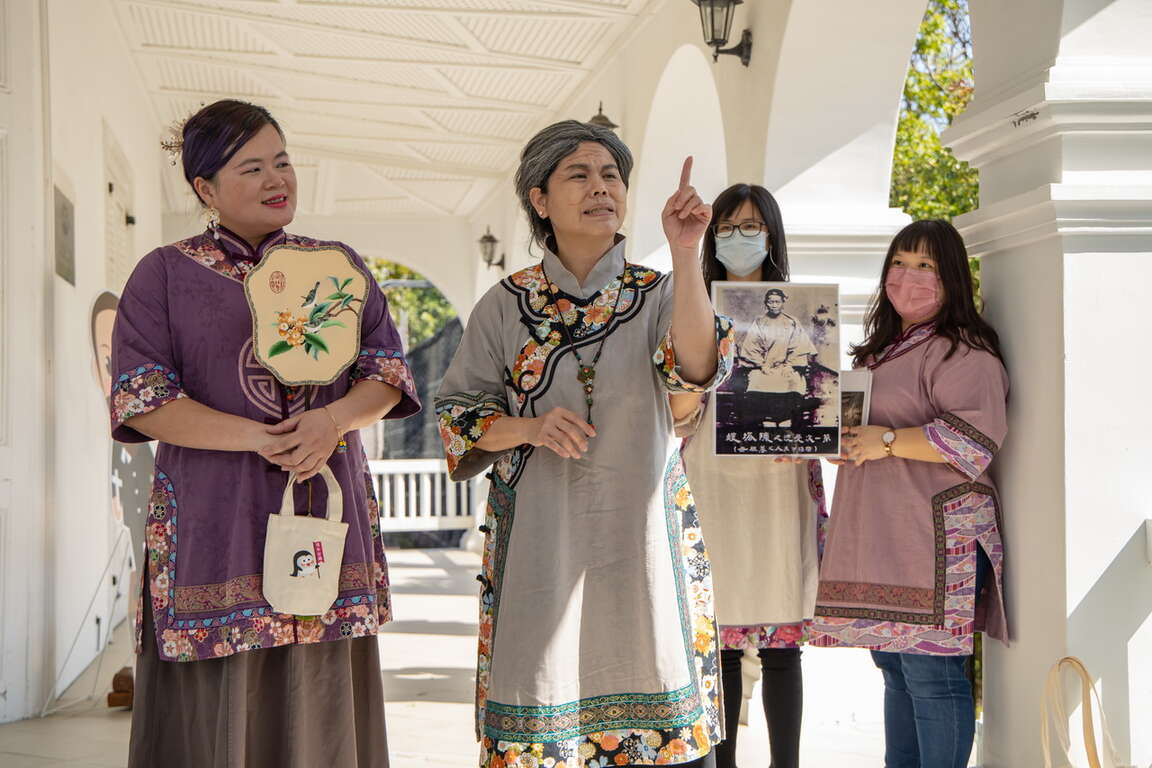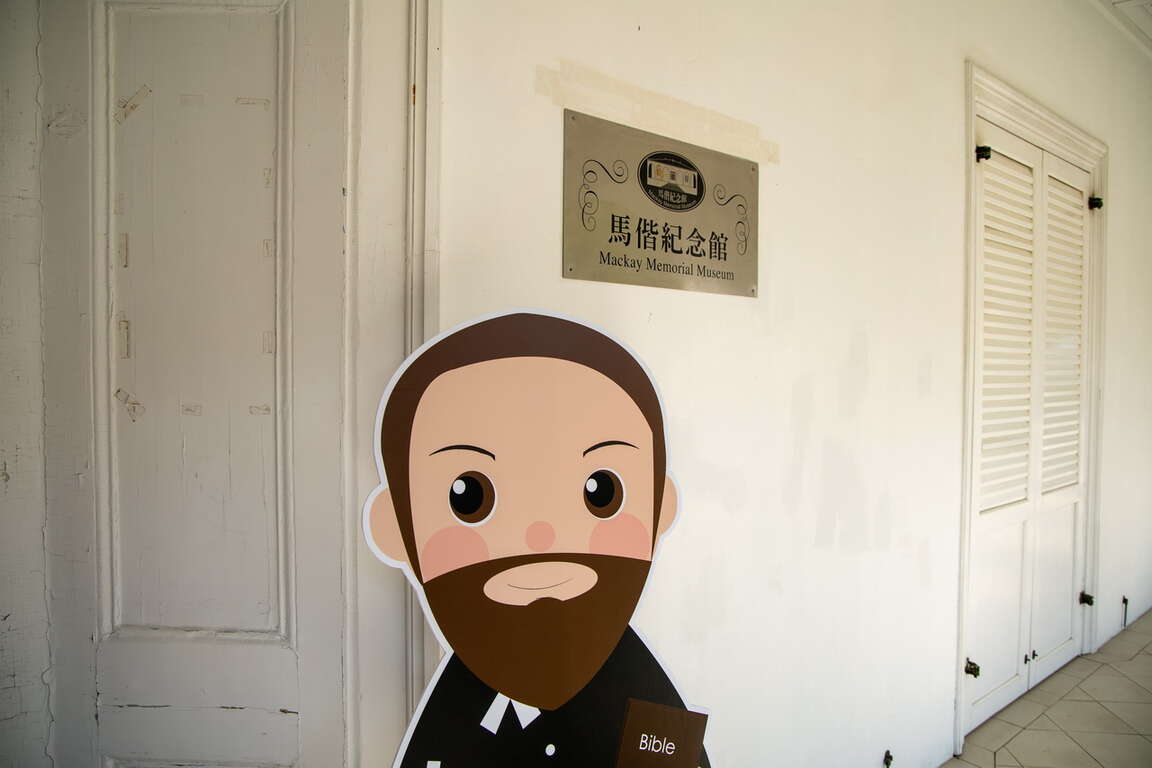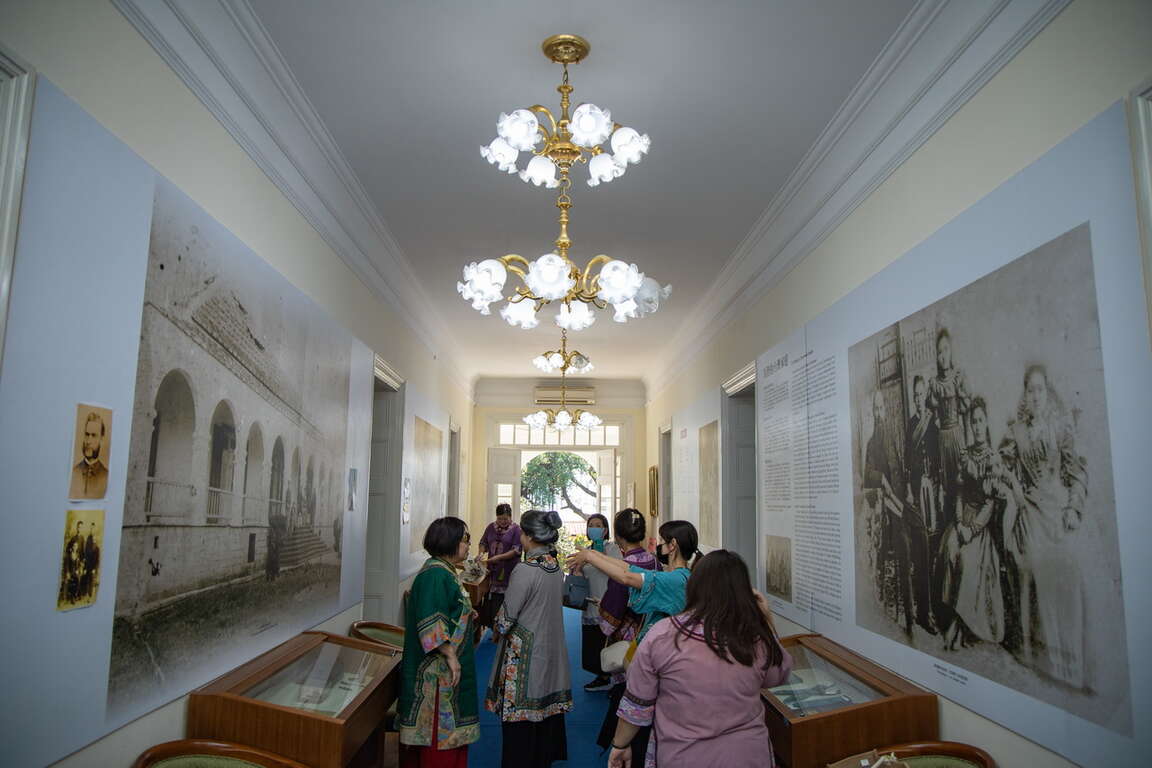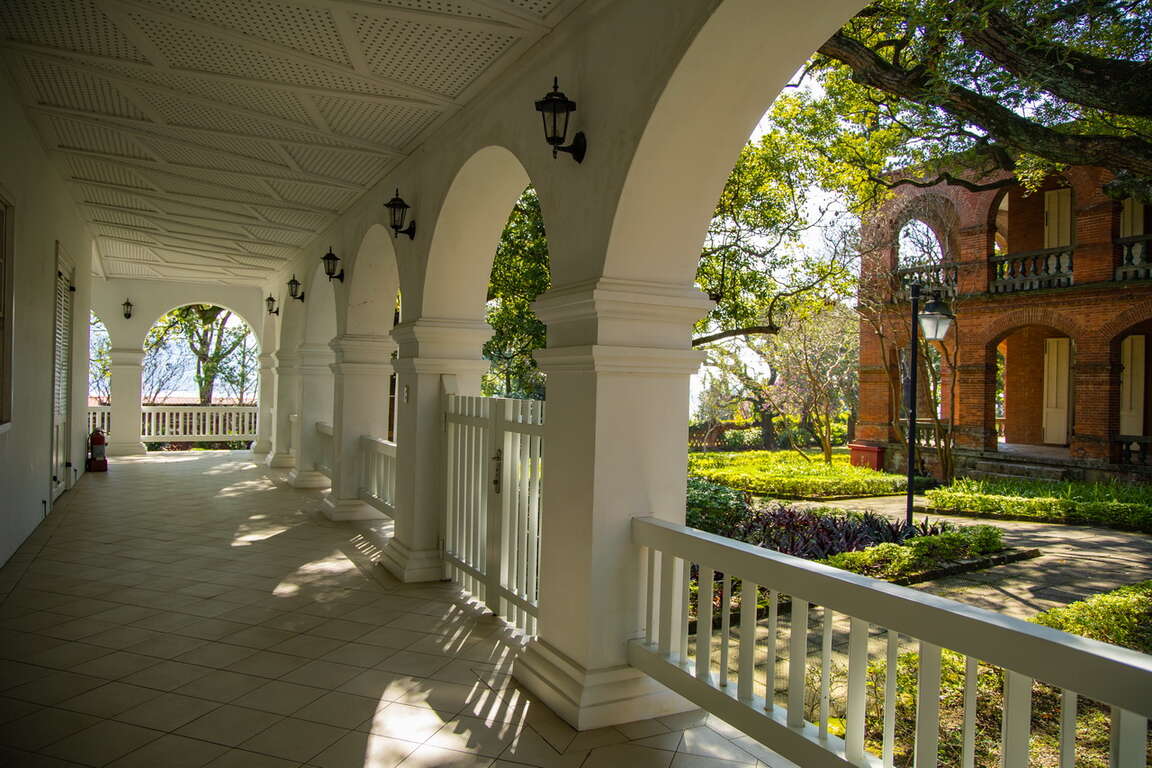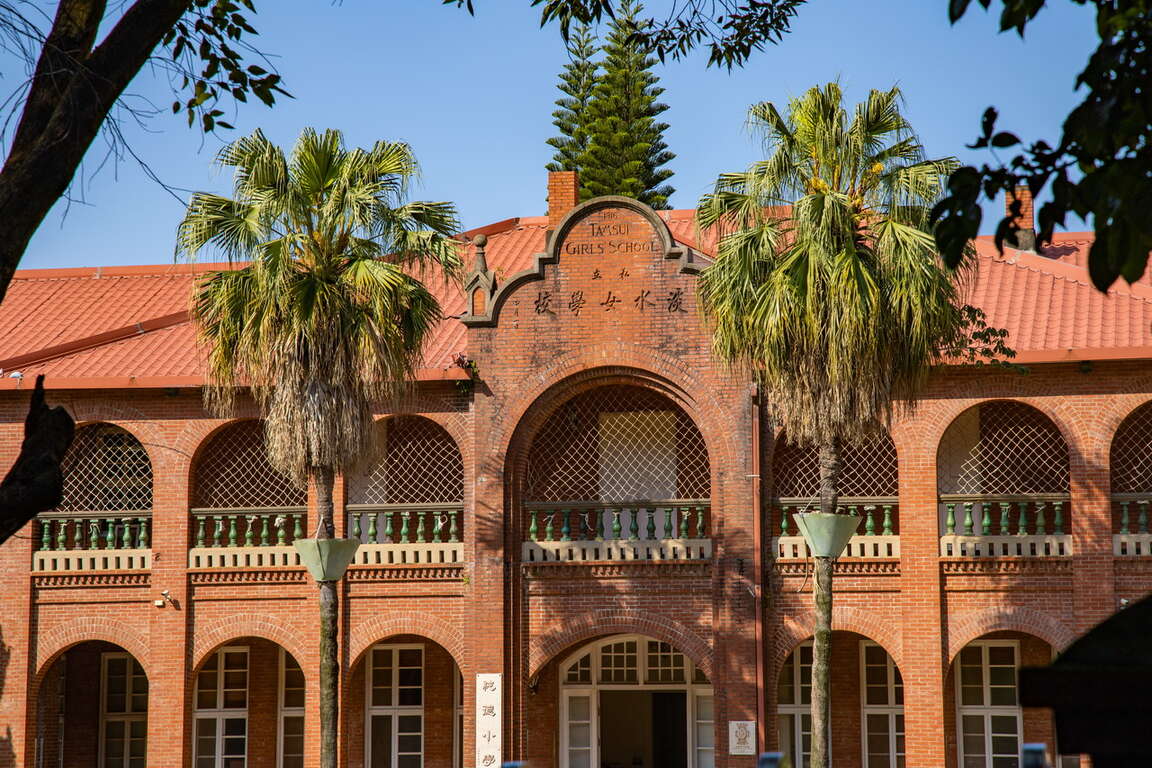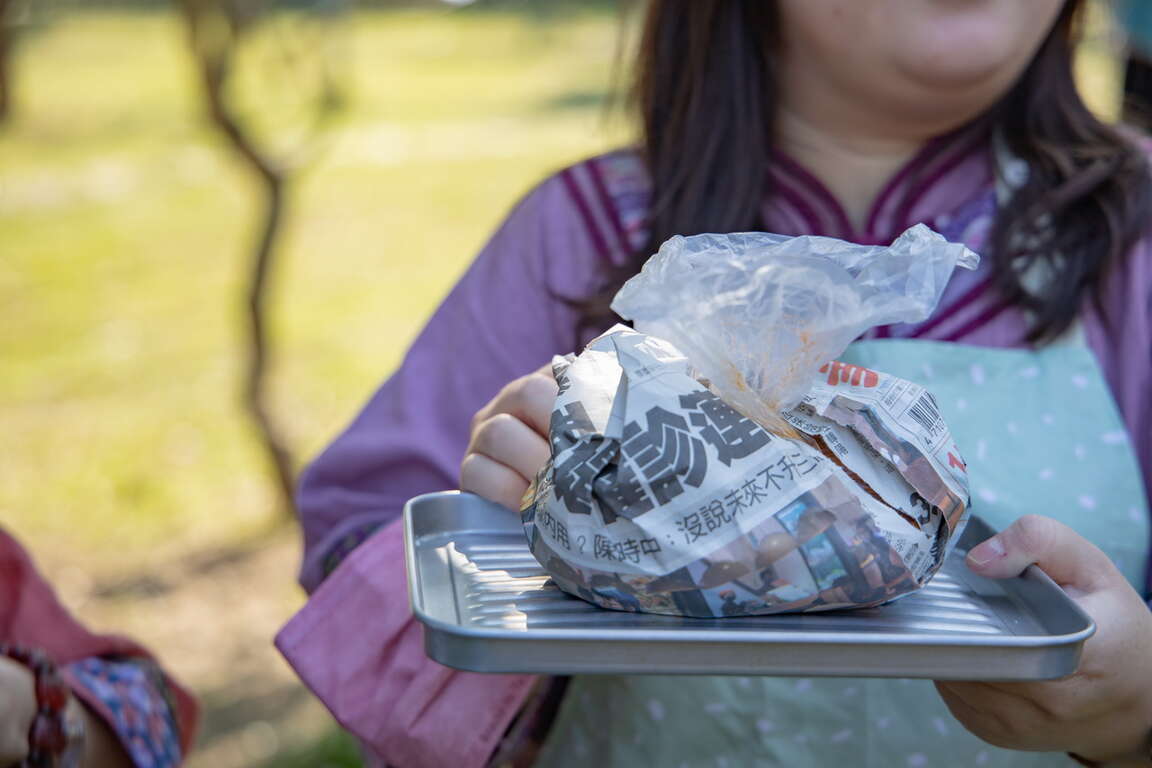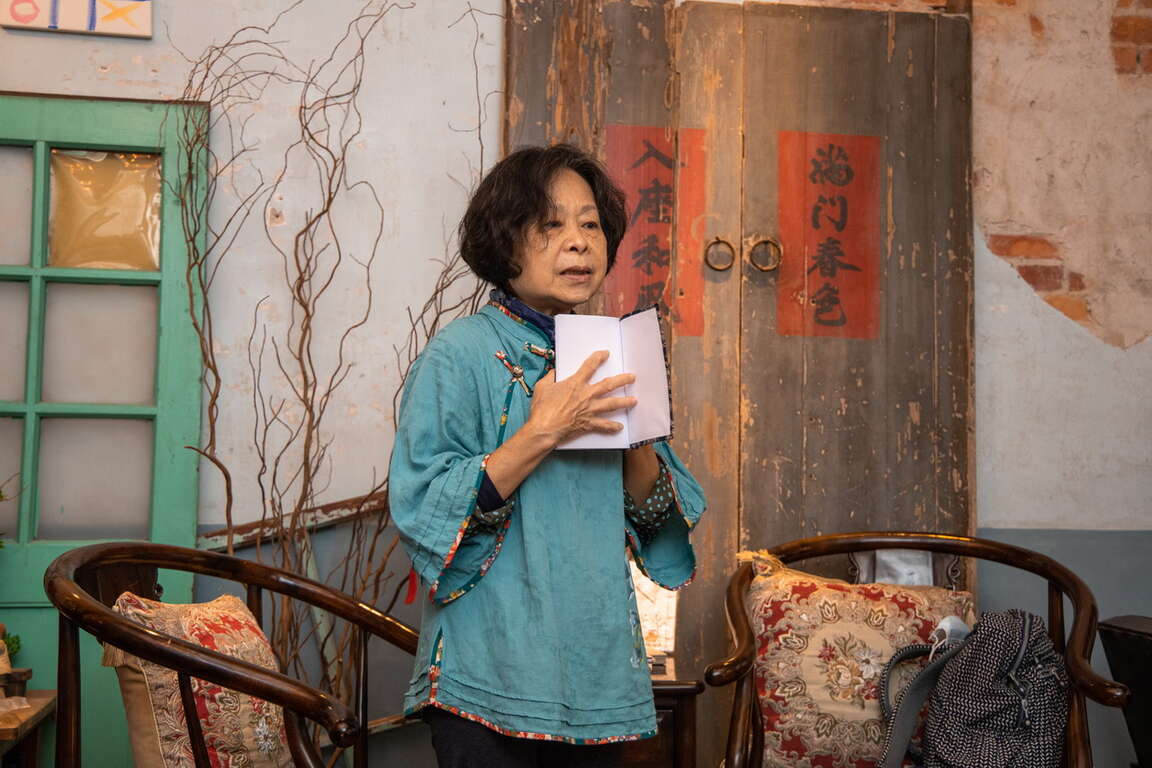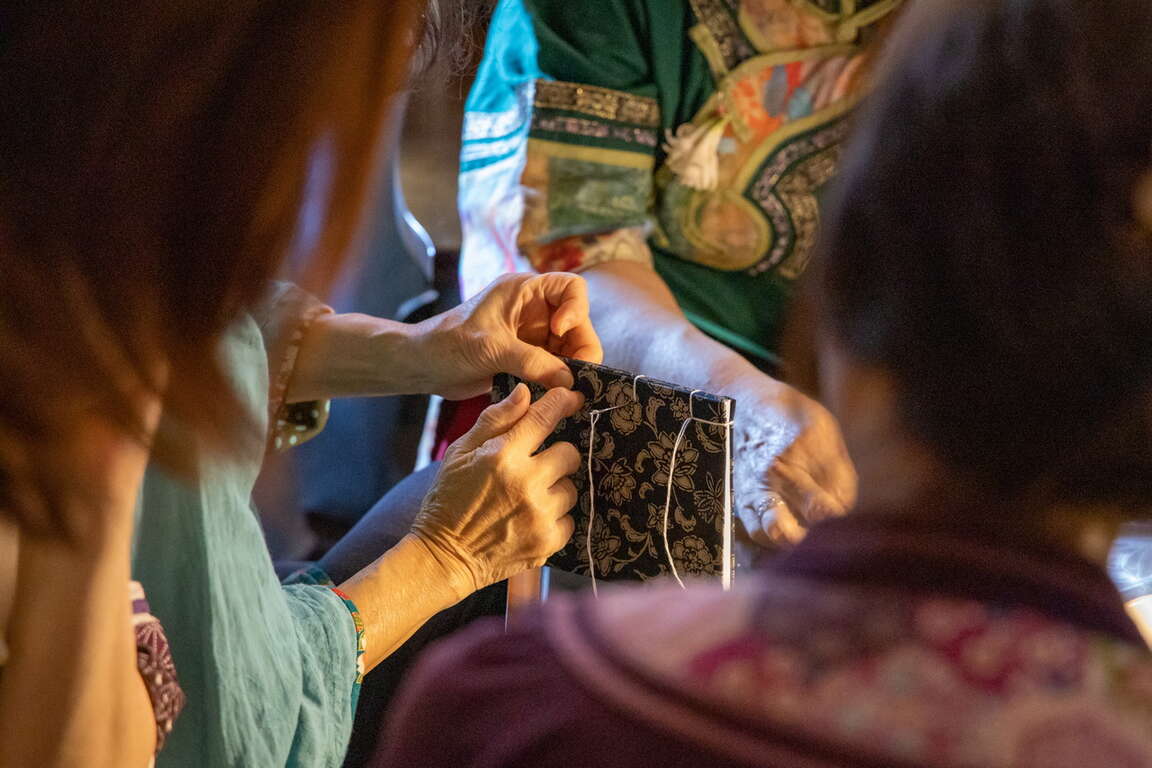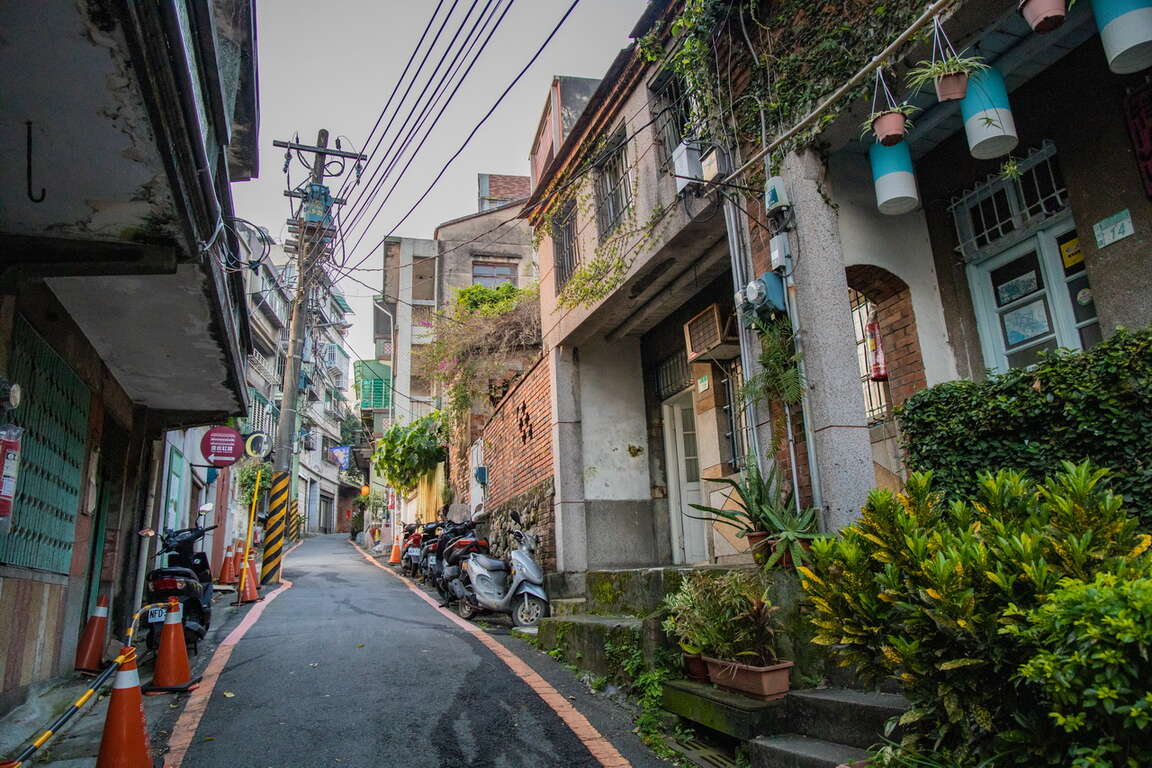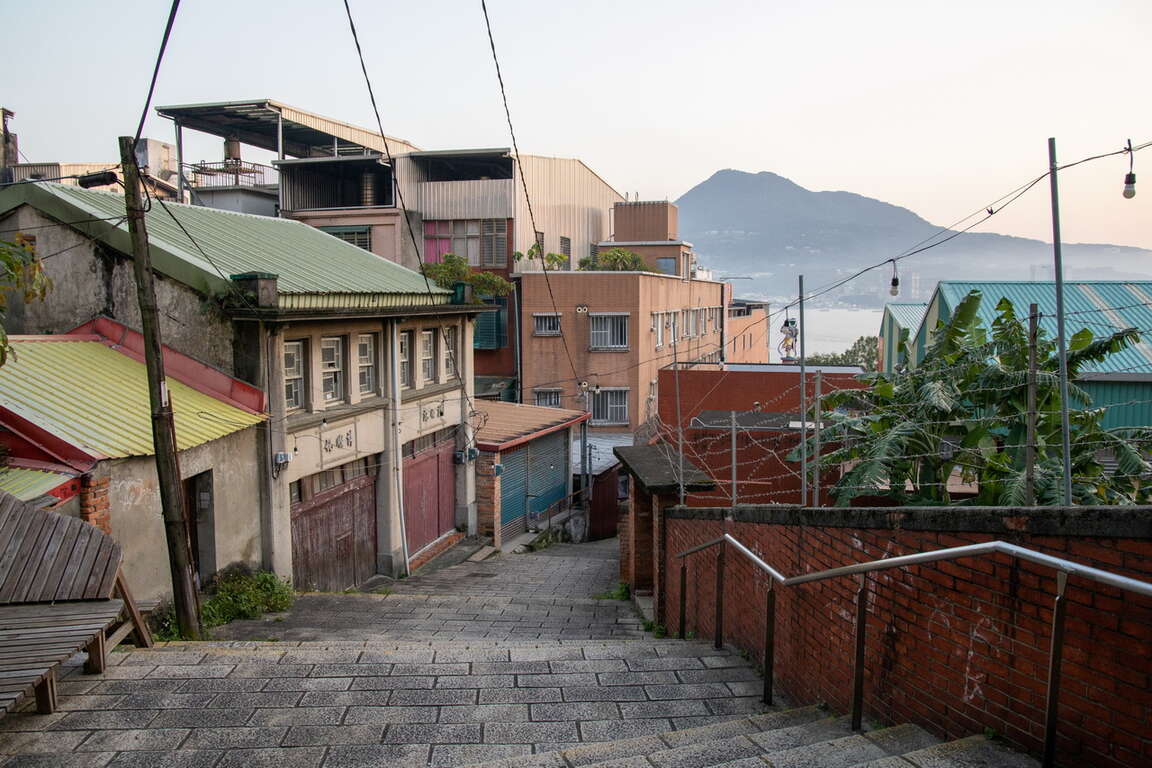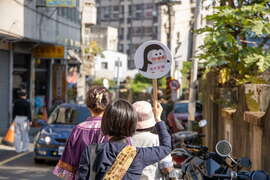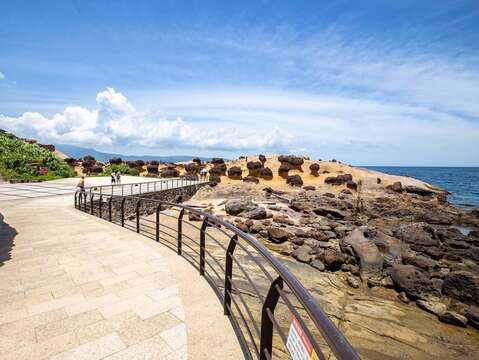Female Power: Her Story — Tamsui Women’s Road
Tamsui, one of the earliest international commercial ports in Taiwan, has rich cultural assets and scenic oceans and mountains, making a well-known tourist attraction in Northern Taiwan. Tamsui, which opened its port to merchants and trade in 1860, was the main center of trade for Taiwan and the rest of the world, and it contributed to many important changes in Taiwanese society. The first girl’s school, Tamsui Girls’ School, was founded in Zhenli Street, which is located in today’s Tamsui. Communities such as the New Taipei City Government, Tamsui Traveler, and New Taipei City Community Traveling and Learning Care Association collaborated on Tamsui Women’s Road. It aims to discover local stories of female power and connect with historical sites of feminine significance. Let’s put on our hanfu and discover Her Story in Tamsui.
The House of Maidens and the House of Reverends
The House of Maidens and the House of Reverends were built by Rev. William Gauld in 1906 and 1909 respectively. The House of The House of Maidens and the House of Reverends were built by Rev. William Gauld in 1906 and 1909 respectively. The House of Maidens was originally provided as a residence for Ms. Jane Kinney, the headmaster of Tamsui Girls’ School, and Ms. Hannah Connell, the headmaster of Tamsui Women’s School, and is currently the Office of the President of Aletheia University. The House of Reverends was the residence of Rev. William Gauld; its piano studio became a smash hit after it was featured in the extremely popular movie Secret (2007), and is now the Research and Development Center of Aletheia University. The appearance of the two Houses is similar to that of the British consulate residence situated not far away; all of them are red brick buildings containing a cloister. What differentiates the two houses from the British consulate residence is that the exterior wall decoration is much simpler than that of the official residence.
Rev. Mackay and his wife Chang Tsung-ming
Chang Tsung-ming, who was originally named Tsung-tsai, grew up in Wugu District in New Taipei City. After marrying Rev. Mackay in the former British Consulate in Tamsui in 1878, she studied hard, becoming an English-proficient teacher in the Women’s School, which made Chang a woman ahead of her time. Chang and Rev. Mackay also helped many Taiwanese women fettered by tradition, and they played important roles in the history of women’s education in Taiwan. Tamsui Women’s Road will vividly show you Chang Tsung-ming’s journey in Mackay Memorial Museum in the form of a street play.
At the end of 1879, Chang Tsung-ming and Rev. Mackay started their journey back to Canada, passing through Xiamen, Hong Kong, Singapore, and India, until they arrived in the Middle East. They visited the pyramids in Egypt, and the Wailing Wall in Jerusalem. From there, they passed through Alexandria and arrived in Italy, where they visited the ruins of Pompeii, Rome and Vatican City. Then, they went to Paris and England, and finally arrived in Canada. After accompanying Rev. Mackay to finish his duties and fundraising in Canada, they flew through the US and Japan, and came back to Taiwan. This experience also made Chang Tsung-ming the first Taiwanese woman who traveled around the world.
The Tamsui Girls’ School
After Rev. Mackay returned to Taiwan from Canada, he established the Tamsui Girls’ School in 1884 – the first women's school and the origin of women's education in Taiwan. The women's school has nurtured many outstanding women: the first female physician in Taiwan, Dr. Tsai Ashin (The heroine of the TV series A Cinematic Journey - the prototype of Qiu Yaxin) and the writer Wang Li Ruyue all graduated from Tamsui Girls’ School. In addition, in order to help educate married and adult women, Rev. Mackay established a women's school, which can be called the first “Classroom for Moms" in Taiwan.
A-gei
A-gei is a well-known snack in Tamsui. Just like Yonghe soy milk, when we think of A-gei, we think of Tamsui. The inventor of this famous snack was Ms. Yang Zheng Jinwen, who ran a snack stand with her husband, Yang Shugen. In 1965, she developed a new dish, for which she cut upoiled tofu, filled it with pork noodles, and sealed it with fresh fish paste. This dish became the symbol of Tamsui’s delicious cuisine, A-gei. The word “A-gei” originated from the Japanese word for oily tofu, "Abura-age." To the foreigners’ surprise, the packaging for takeaway A-gei was initially wrapped in newspapers to withstand the wet and cold weather in Tamsui during winter.
Handmade thread-bound books
The old name of Chongjian Street is Nine Valley Street, which refers to the nine stores that first opened here, making it the one and only Tamsui Old Street. Before the development of the shopping district in Tamsui’s Zhongzheng Road, Tamsui Old Street was the busiest place in Tamsui, with some of the old houses leading up into the hills still standing today. In the age of the Internet, where information is abundant, this place returned to the time of original paper books, bound one stitch at a time, carefully creating a world of books.
The line “The beauty of Guanyin Mountain enters my view, a reflected painting of the morning sun” is from a poem by a female poet from Tamsui, Wang Li Ruyue. As you walk down Chongjian Street toward the MRT station, you can see Guanyin Mountain and the Samsui river in front of you, and experience the same feelings this poet felt. Tamsui, when looking from a female perspective, is the cradle of women’s education in Taiwan, which has fostered countless outstanding women before us. The first step from Tamsui then became a big step in the social change of Taiwan.

